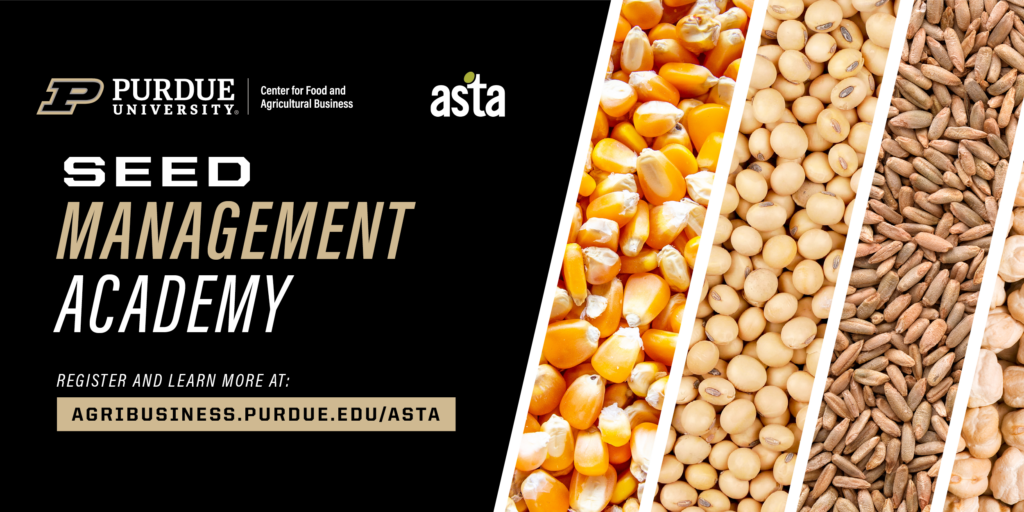 The agriculture industry is changing. Farmers are evolving. Agribusiness must adapt.
The agriculture industry is changing. Farmers are evolving. Agribusiness must adapt.
But what does that really mean?
Looking back at the history of agriculture, everything used to be focused on bulk transportation of commodities. Agribusinesses, including suppliers and elevators, served farmers from central locations. As technology developed, so did complexity. And the seller’s role in explaining product value became vital, said Scott Downey, associate director of the Center for Food and Agricultural Business.
“If companies wanted to be successful selling hybrid seeds, for example, they had to justify the higher prices that came with that technology,” he said. “This led to the development of sales as a function. Operations were no longer the only role of an ag supplier. “And although social relationships had always been important, there was now a sales component of those relationships.”
In the past, location managers were responsible for safety, logistics and operations. With the addition of technology-based products, managers also became responsible for sales. This made sense. Managers knew the market area, people, products, and ground and had the relationships to be able to sell to the customers who visited their location.
But that model of sales management is no longer sustainable. Competition drove sales activities to move from order taking to order making, requiring on-farm visits instead of waiting for customers to come in to the store. Retail consolidation meant that locations became further apart, which required more sellers at a single location. Complex products and information meant more expertise was required in the sales process.
Within the last 10-15 years agribusinesses have realized it is important to have a dedicated sales manager to oversee sales functions.
“The model of viewing sales management as a supervisory function works great when the agribusiness is really small,” Downey said. “But once a company gets three to four salespeople and the territory grows, sales is no longer just another operational task.
“In today’s ag retail environment, sales has to be managed. It has to be viewed as a function.”
Sales as a function
Managing sales as a function means the sales manager has to understand what is happening during sales interactions, what makes them successful, what skills salespeople need, and how he or she can effectively coach sales interactions.
Data now also plays a role in how those interactions are approached, and there are a variety of techniques salespeople can use. It’s about matching the right interactions with the right prospects and customers. Sales managers have to know how to help salespeople be strategic. “There are five different types of sales calls,” Downey said. “How do we effectively coach our salespeople in those techniques if we don’t know which types of calls they’re using when they go out to meet with customers?”
Another key function of the sales manager is to guide the professional development of their employees—to support them and give them what they need to achieve their goals.
“Development is different than training or coaching,” Downey said. “Development is a longer term approach to helping people be successful, where training and coaching are short-term tools. A dedicated sales manager looks at both processes in order to create a successful team.”
Sales Management and Leadership
The Center for Food and Agricultural Business is committed to providing top-notch professional development to help sales managers develop their management skills and effectively coach their sales teams. Each June, the center offers Sales Management and Leadership, a two-day program led by Scott Downey; David Downey, executive director for the center; and Tom Dukes, associate professor of counseling at Rhode Island College.
The program covers topics that include the evolution of sales management, resilience, changing culture,
:



